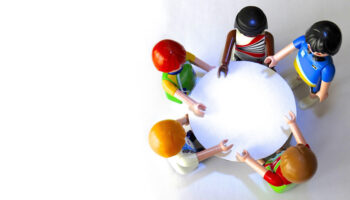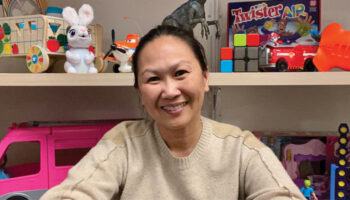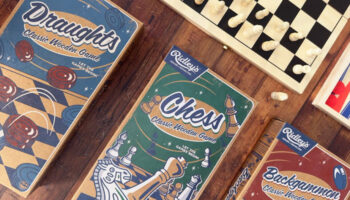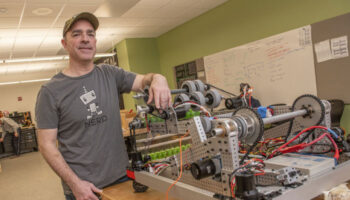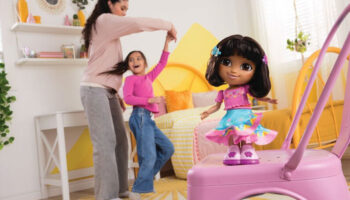Designed for play
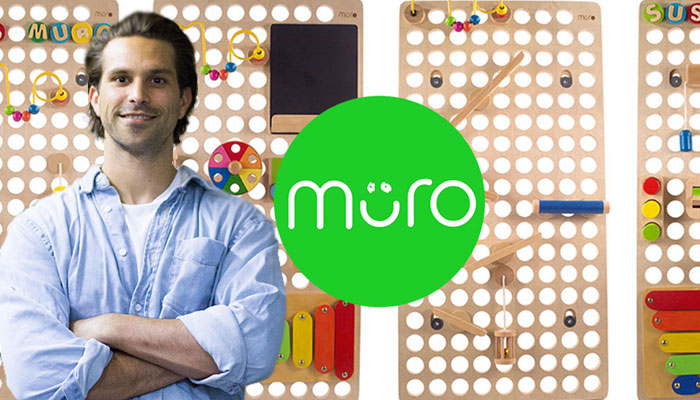
“Have nothing in your house that you do not know to be useful, or believe to be beautiful.” William Morris
During a recent conversation about Cubetto, the famous coding robot, I realised why well-designed toys have much more value to them than just clean lines, tasteful paint jobs and beautiful materials.
We all play a part creating the objects around us, and if toys don’t make adults feel playful, what will children think?
As the creator of another Kickstarter toy myself, I have been following Cubetto for a couple of years now and their Kickstarter campaign was an important reference for me. But until I saw one behind glass at the V&A Museum: Future Starts Here exhibition last weekend I had never seen one in the flesh. I have often wondered how much children play with it, or whether it’s appeal was more for parents.
Seeing my opportunity to learn more about the real Cubetto, I did a little digging. I wanted to know how much use their children got out of it and whether they played with it together. It turns out they used it frequently, but that Cubetto-time was mainly initiated by the parents and I think they guiltily felt that it had been a purchase for them rather than their children.

I couldn’t help but think that their guilt over this buying decision, while understandable given the price tag, was completely unjustified. After all, why shouldn’t parents enjoy the toys have in their home as much as their children do?
The objects that fill a home make it and having nice objects around makes us feel good, but I think it also goes deeper than that – parent’s enjoyment of toys is vital, and it all comes back to playfulness.
Objects inform how we respond to them, and are often brought to life by the energy people project onto them. We’ve all seen the way that some people are able to transform everyday objects into fascinating toys for children by simply animating them with their imagination. This makes observers and their emotions (whether they like it or not) an extension of design.
Well designed toys not only draw children in directly, but they inspire adults to be playful, elevating them to a whole new level in the child’s eyes and validating their instinct to play.
This validation has a deeper effect on a child’s emotional development, and the beauty of associating this with an object is that they will feel it being reinforced every time their urge to play leads them to it. Over time this teaches them to follow their instincts and believe in themselves.
Whether it’s speech, walking or playing – children learn so much about their world through the observation and imitation of adults. Most of us know that play is considered one of the best ways to learn new skills, and every time you play with children and their toys, it’s that play that is teaching them the fundamentals of how to learn.


